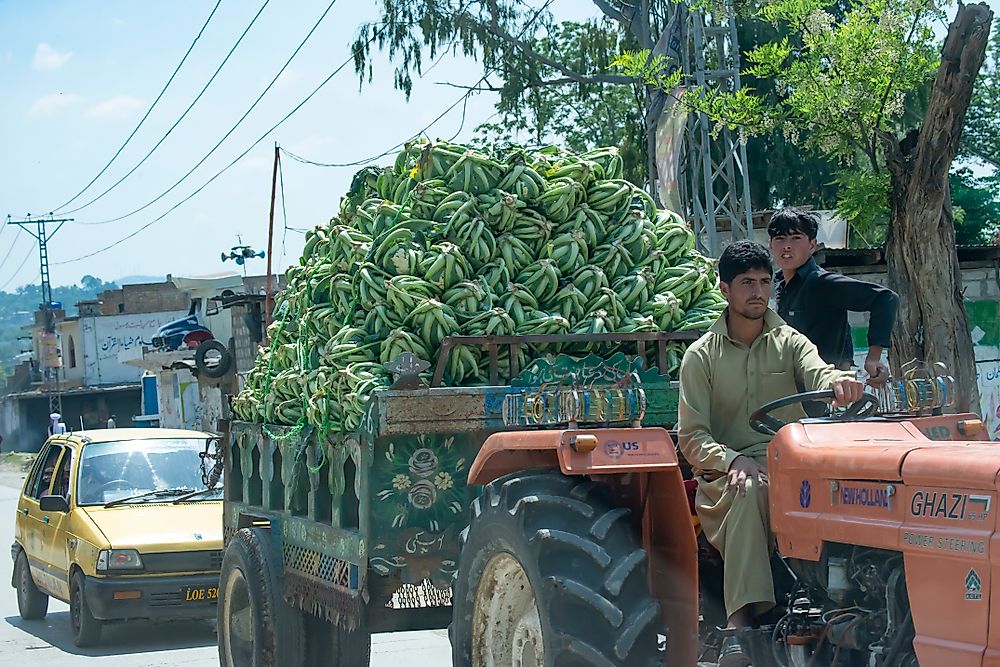What Are The Biggest Industries In Tajikstan?

Tajikistan is an Asian country with neighbors such as China, Afghanistan, Kyrgyzstan, and Uzbekistan. The country has rugged mountains which are popularly used for recreation activities such as hiking and climbing. The Republic of Tajikistan is also a landlocked nation with a total area of 143,100 square kilometers. The capital and largest city in Tajikistan is Dushanbe. The economy of Tajikistan depends on agriculture, industries, and the services sector. The current GDP of the nation is 8.508 billion.
Industry
Industries employ 10.9% of the employed persons in Tajikistan. The two major industries in Tajikistan are mining and manufacturing. The country is rich in mineral resources which are categorized as either metallic or non-metallic ores. Examples of metallic ores in Tajikistan are iron, aluminum, mercury, tungsten, zinc, tin, silver, and gold. The largest silver deposits and largest gold mining operation is found in Sughd Province. On the other hand, the non-metallic ores include common salt, quartz sand, cement, precious and semi-precious stones, fluorite, carbonates, arsenic, and asbestos. Additionally, coal mining and oil extraction are among the oldest sectors in Tajikistan. The annual production of coal is 30,000 tons. The extraction of natural gas began in the mid-1960s at Kyzyl-Tumshuk and near Dushanbe.
Agriculture
Cotton is the major cash crop grown in Tajikistan. It accounts for 60% of the agricultural crop yield. Cotton also supports livelihoods of 75% of the rural population. Farmers in Tajikistan use irrigation systems. In fact, 80% of the land used for agriculture which is 8,800 km2 depends on irrigation. Besides cotton, other crops cultivated in the country are fruits, vegetables, wheat, barley, and rice. The horticultural produce includes apricots, plums, pears, apples, cherries, figs, nuts, pears, quinces, and pomegranates. The crops that are exported include dried apricots, almonds, and grapes. The agriculture industry employs about 47.9% of the total labor force which is 2.1 million. One challenge faced by the agriculture sector is the slow process of privatization of farms that were government-owned during the Soviet era.
Services
Unlike the manufacturing industry that has had slow growth, the services sector has been experiencing consistent and significant growth since the 2000s. The sector currently employs 41.2% of the working class in Tajikistan. The services sector is largely made up of the finance and commerce sector that is made up of commercial banks that have limited access to foreign markets. Tajikistan’s stable banking environment may be attributed to the oversight provided by the National Bank of Tajikistan, regulatory reforms, as well as reduced restrictions on the involvement of foreign institutions in the banking industry. As of 2013, there were 16 banks, 142 credit organizations, and 124 microfinance institutions in Tajikistan.











